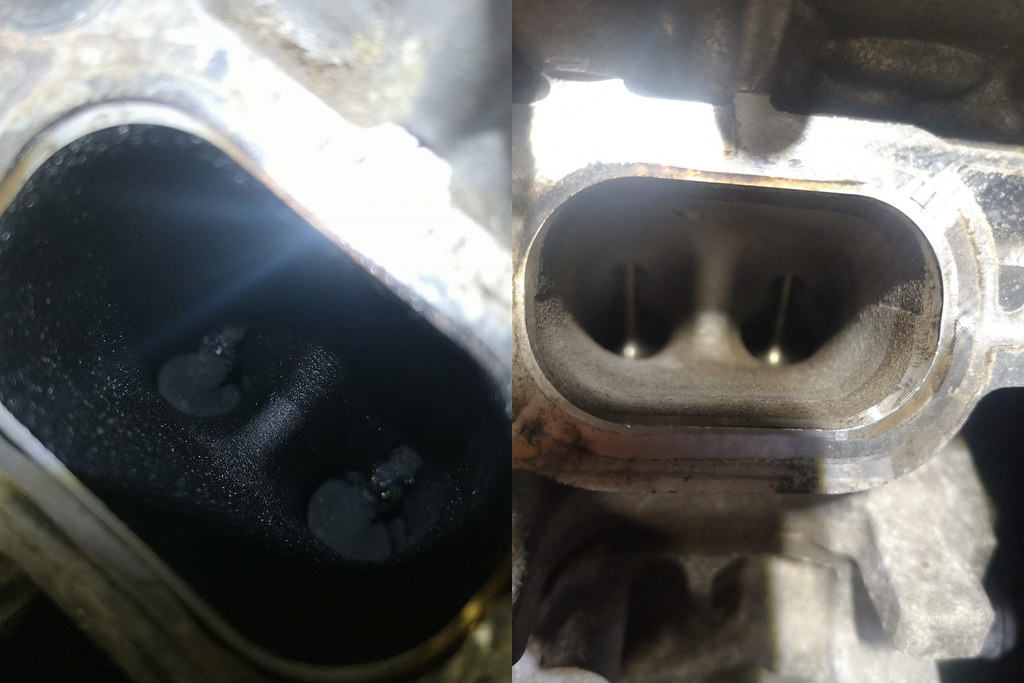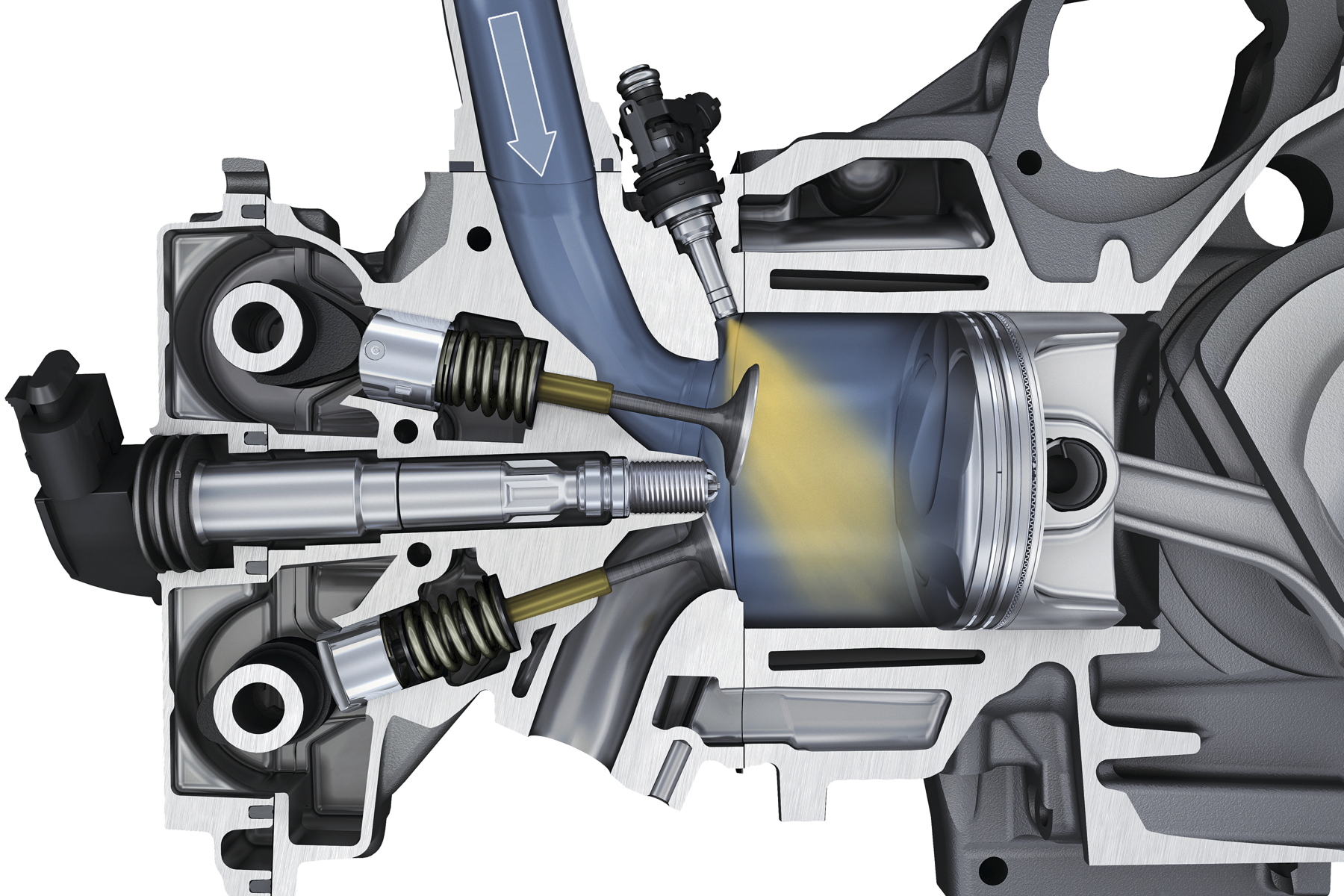Likewise on lots of BMW engines it is common........I have just had a walnut clean carried out on one of my other cars a BMW 335i N54. At 80K miles they were looking pretty coked up. Before and after....

The N54 is notorious for it. I have fitted a catch can which apparently helps, not sure if that is an option on these Porsche engines.
My impressions after were that it ran slightly smoother on idle, was running really well considering how coked up they looked.
I had the turbos rebuilt and suspension refreshed at the same time so cannot comment on fuel economy....it is using the same or more but I am probably moving faster
Be interested in your results with the water cleaning as it looks like a lot of labour to get to them to use walnut blasting. I used an indy for it but know that my local BMW dealer offers walnut blasting as well so wonder whether OPCs will offer it if it becomes an issue.
Either way would be good for you to be able to offer/ become experts in it as it could be a great little niche :thumb:

The N54 is notorious for it. I have fitted a catch can which apparently helps, not sure if that is an option on these Porsche engines.
My impressions after were that it ran slightly smoother on idle, was running really well considering how coked up they looked.
I had the turbos rebuilt and suspension refreshed at the same time so cannot comment on fuel economy....it is using the same or more but I am probably moving faster
Be interested in your results with the water cleaning as it looks like a lot of labour to get to them to use walnut blasting. I used an indy for it but know that my local BMW dealer offers walnut blasting as well so wonder whether OPCs will offer it if it becomes an issue.
Either way would be good for you to be able to offer/ become experts in it as it could be a great little niche :thumb:









































